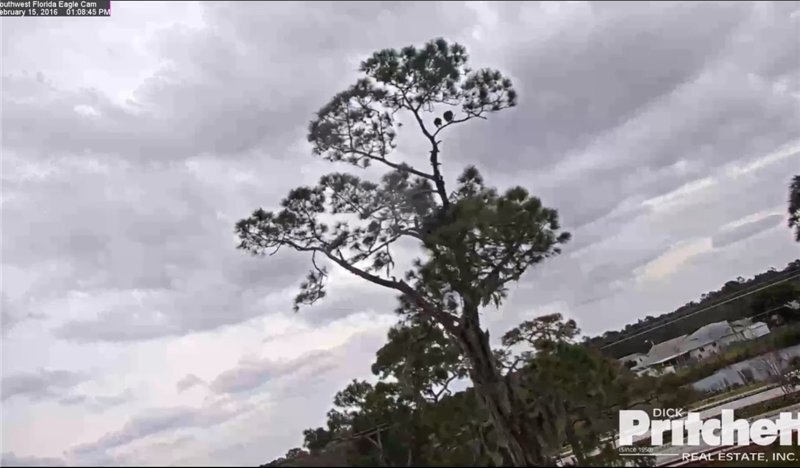Te vēl informācijas/faktu apkopojums par brāļu/māsu sāncensību baltgalvas ērgļu ligzdās:
(info no Eagle CAM)
http://www.ournaturezone.com/index.php?topic=1495.0
Daži citāti:
The American Bald Eagle Foundation: "Two eggs usually hatch in each Bald Eagle nest, but, often due to siblicide, only one eaglet will survive."
Of the 105 nestings with 2 hatches, both eaglets successfully fledged 77 times (73%), 1 eaglet fledged and 1 died 22 times (21%), and both died 6 times (6%). Of the 34 who died, the cause of death was parent neglect (6), killed by intruder (4), storm (4), failed in the first day or two (3), accident (5), illness (1), unknown (7), possible siblicide (1), and known siblicide (3). Based on these figures (including the possible siblicide), the incidence of siblicide on a nest with 2 eaglets is 3.8%.
Hornby Eagle Group Projects Society, FAQ on sibling aggression:
"The older bird is larger, heavier, and more developed than the younger bird, so it requires more food and is avid for its share. Siblings will thus compete for food and parental attention, with one bird attempting to out-compete or dominate the other. The younger bird soon learns to keep a low profile until the older has been satisfied and quickly learns to use its wits, making grabs for food or doing 'end runs' around the larger bird. This behaviour occurs more within the first two weeks of life, declining as the siblings learn. Siblicide (one eaglet killing or causing the starvation of another) appears to be rare in bald eagles."
Kāds no putnu pētniekiem parēķinājis, ka mazākais cālis aiziet bojā brāļu/māsu sāncensības dēļ tikai aptuveni
3,8 procentos gadījumu. Citi iemesli bija vecāku pamešana novārtā, iebrucējs ligzdā, vētra (laikapstākļi), nelaimes gadījumi, slimība. Tādējādi bojāeja brāļu/māsu sāncensības dēļ tomēr ir salīdzinoši reta.
Ja vien mazākais ir attapīgs, tas ātri vien iemācās veidus, kā "apiet" lielāko un tikt pie barības. Mazajiem augot, agresijai vajadzētu samazināties.















